Does Mayonnaise Kill Head Lice?
Use this condiment on your hair the right way to get rid of those pesky bugs!
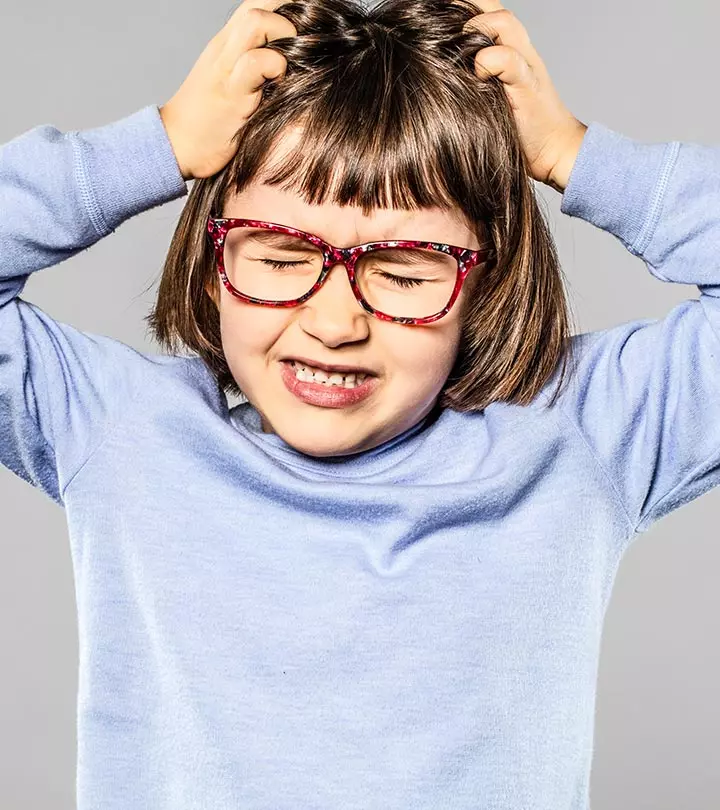
Image: Shutterstock
Mayonnaise is not only effective as a dip or a salad dressing – but it also is a popular remedy for head lice. While using mayonnaise for head lice may sound crazy, most people claim it to be effective. There is no scientific evidence to prove this statement. But anecdotal evidence does support its use.
This article discusses how mayonnaise works to kill head lice and how you can use it right. We also talk about the precautions you need to take while using mayonnaise. Continue reading to get answers to, “Does mayonnaise kill lice effectively?”
In This Article
Does Mayonnaise Really Work?
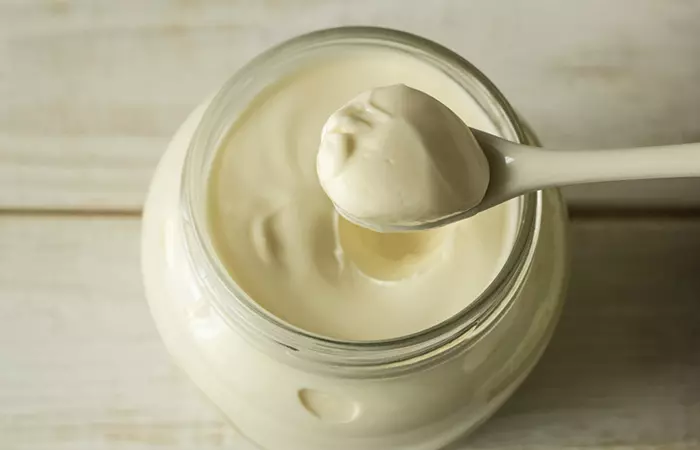
Anecdotal evidence suggests that mayonnaise may help eliminate head lice. However, there is no scientific proof of its efficacy.
Mayonnaise, popularly known as mayo, combines vegetable oils, vinegar, and egg yolk and is a perfect accompaniment to nachos, fries, burgers, and sandwiches. However, full-fat mayonnaise is often used to kill head lice.
One possible reason is that mayonnaise works as a suffocating agent when applied liberally and left for over 12 hours. However, it cannot eliminate the nits that may stay in the hair for six months and cause re-infestation (1).
 Did You Know?
Did You Know?Mayonnaise is not a proven way to deal with head lice. It is best to consult a doctor and use medicated shampoos and topical lotions for treating head lice. However, if you want to try mayonnaise for lice management, here are a few ways.
Key Takeaways
- Full-fat mayonnaise is often used as a home remedy to eliminate head lice.
- It may suffocate the lice and provide temporary relief. However, there are chances of reinfestation.
- Using mayonnaise to kill head lice also increases the risk of allergic reactions.
How To Use Mayonnaise For Managing Lice Infestation
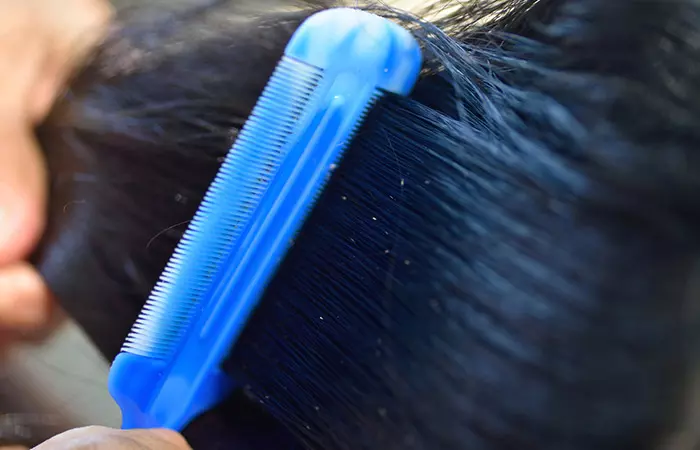
1. Mayonnaise With Coconut Oil
Mayonnaise and coconut oil may suffocate the lice and help kill them.
What You Need
- Full-fat mayonnaise (adjust the quantity as per the hair length)
- A few drops of coconut oil
- A shower cap
Directions
- Combine the mayonnaise and coconut oil in a bowl.
- Apply the mixture right from the scalp to the hair ends.
- Cover your head with a shower cap and leave it on for at least 12 hours or overnight.
- Shampoo your hair the next day. For best results, use a medicated shampoo.
- Comb through your hair to remove the dead lice.
- Wash your hair and repeat the process thrice a week.
2. Mayonnaise With Vinegar And Tea Tree Oil

Tea tree oil may effectively kill this parasite. However, it may not work on the nits (3). Vinegar can help prevent the nits from sticking to the hair.
What You Need
- Full-fat mayonnaise
- 5-10 drops of tea tree oil
- 1/8 teaspoon of vinegar
Directions
- Mix the mayonnaise, vinegar, tea tree oil.
- Apply the mixture from the scalp to the hair ends.
- Leave it on for two hours.
- Shampoo your hair and comb the dead lice out of the wet hair.
- Repeat the process twice a week.
Erika, a blogger, shared her experience of using a mixture of mayonnaise, tea tree oil, peppermint oil, and rosemary oil to help remove lice from her daughter’s head. She followed it up by spraying some apple cider vinegar on her daughter’s head and she found some amazing results. She said, “For my daughter, I found 0 live lice after the mayonnaise and vinegar treatment the first time. I combed out her hair again a few days later and found 1 live lice. We went through the mayo and vinegar treatment again. A few days later and she was clean (i)”.
Here, you can also explore apple cider vinegar for head lice. According to anecdotal reports, it helps break down the glue that binds the nits to your hair strands and tame the issue of lice infestation.
Remember that while these home remedies may help reduce lice and provide temporary relief, they are not a guaranteed solution for complete eradication. They shouldn’t be used as the sole treatment option. Lice treatments vary in effectiveness depending on the severity of the infestation. It is essential to consult a healthcare professional or use medicated lice treatments for more permanent relief.
Here are a few tips you should remember when using mayonnaise for head lice.
Tips And Precautions
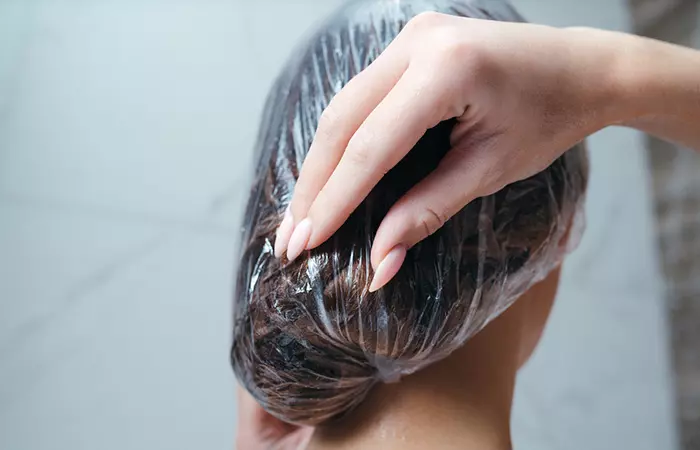
- Use a tight-fitting shower cap. Never use plastic wraps or bags.
- Mayonnaise cannot remove the nits. Post mayonnaise treatment, use lice comb to remove nits from the hair. Clean the comb after using it.
- The overnight hair care treatment must not be used on children as they may pull strands out of the shower cap and chew on them. Mayonnaise turns rancid after a few hours and is not safe to be ingested.
- Low-fat mayonnaise will not have enough oils to suffocate adult lice. Hence, always use full-fat mayonnaise.
Mayonnaise is not meant for topical application and may cause adverse reactions. Take a look at a few risks in the next section.
Risks Associated With Mayonnaise Application
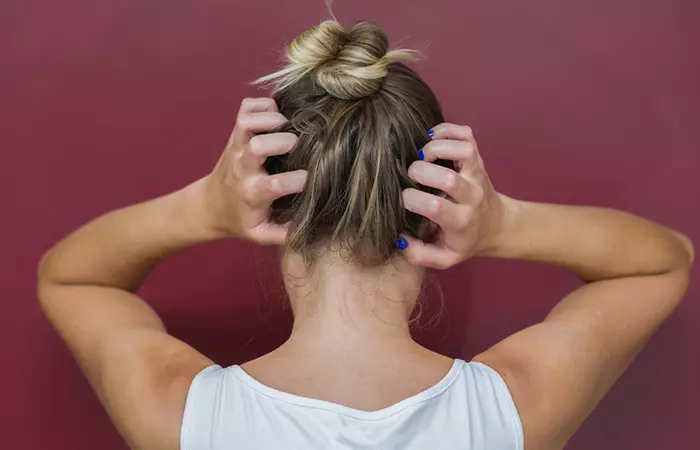
- It may trigger allergic reactions in people who are allergic to eggs.
- Mayonnaise turns rancid in a few hours and may emit an unpleasant smell.
- Rancid mayonnaise may make its way into the mouth and upset the stomach or cause food poisoning.
- If you have oily skin, mayonnaise may cause breakouts around the hairline, face, and neck as it contains fat and oils.
 Trivia
TriviaCoconut, tea tree, lavender, eucalyptus, peppermint, and olive oils are some trusted home remedies to suffocate lice, as per anecdotal evidence.
Infographic: Effective Ways To Use Mayonnaise For Controlling Lice Infestation
Although lice infestation is a widespread issue, most people are embarrassed to acknowledge it. There are a few lice treatment shampoos on the market, but they contain many chemicals, making people hesitant to use them, especially on children. Mayonnaise can be used as an alternative treatment. Check out the infographic below for the most effective ways to use mayonnaise for lice control.

Illustration: StyleCraze Design Team
Using mayonnaise to kill head lice is not a proven treatment method. It may act as a suffocating agent and thereby reduce lice infestation. Despite some people’s positive experiences with it, mayonnaise may cause unwanted reactions on the skin. It may trigger allergies, turn rancid and unpleasant, or cause acne breakouts. The use of this kitchen ingredient as a natural remedy for lice is not recommended, but if you must, use it along with other natural ingredients, such as tea tree oil. Use medicated shampoos to kill lice and nits if you or your child has head lice.
Frequently Asked Questions
Do you put mayo on wet or dry hair?
Ideally, mayo is applied on dry hair so it can sit on your scalp and suffocate the lice better.
Does mayonnaise or coconut oil kill lice?
Both mayonnaise and coconut oil may act as suffocating agents and help eliminate head lice. However, none of these remedies are scientifically proven.
What should I do if mayonnaise doesn’t work to kill head lice?
You can try a few other trusted home remedies such as coconut oil infused with neem oil and camphor extracts or tea tree oil.
How effective is mayonnaise compared to other head lice treatments?
When compared to natural remedies like Eucalyptus oil or neem oil which, as per anecdotal evidence, are known to eliminate head lice, mayonnaise only acts as a suffocating agent or as a lubricant that facilitates the removal of nits. Hence, mayonnaise needs to be used with other treatments to completely get rid of head lice.
Wondering if mayonnaise is an effective remedy for head lice? Dive into this informative video and explore the truth behind this common home remedy and its potential effectiveness.
Personal Experience: Source
StyleCraze's articles are interwoven with authentic personal narratives that provide depth and resonance to our content. Below are the sources of the personal accounts referenced in this article.
i. HOW TO GET RID OF LICE WITHOUT CHEMICALS (NATURAL LICE TREATMENT)https://livingwellmom.com/natural-lice-treatment/
References
Articles on StyleCraze are backed by verified information from peer-reviewed and academic research papers, reputed organizations, research institutions, and medical associations to ensure accuracy and relevance. Read our editorial policy to learn more.
- Prevention and treatment of head lice in children,
https://pubmed.ncbi.nlm.nih.gov/10937452/ - The clinical trials supporting benzyl alcohol lotion 5% (Ulesfia): a safe and effective topical treatment for head lice (pediculosis humanus capitis)
https://pubmed.ncbi.nlm.nih.gov/20199404/ - Activity of tea tree oil and nerolidol alone or in combination against Pediculus capitis (head lice) and its eggs,
https://www.ncbi.nlm.nih.gov/pmc/articles/PMC3480584/
Read full bio of Vd. Babita Sharma
Read full bio of Arshiya Syeda
Read full bio of Ramona Sinha
Read full bio of Monomita Chakraborty






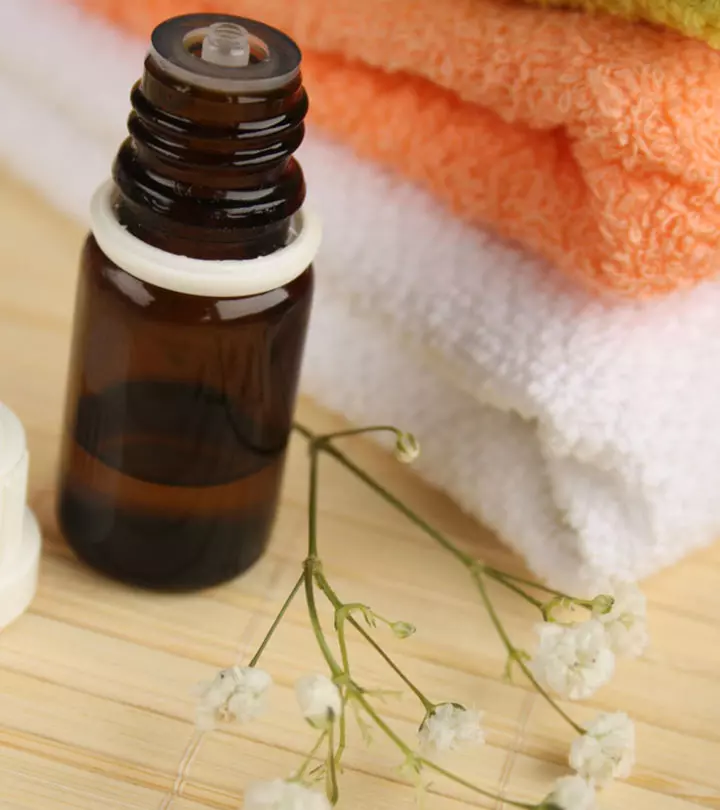
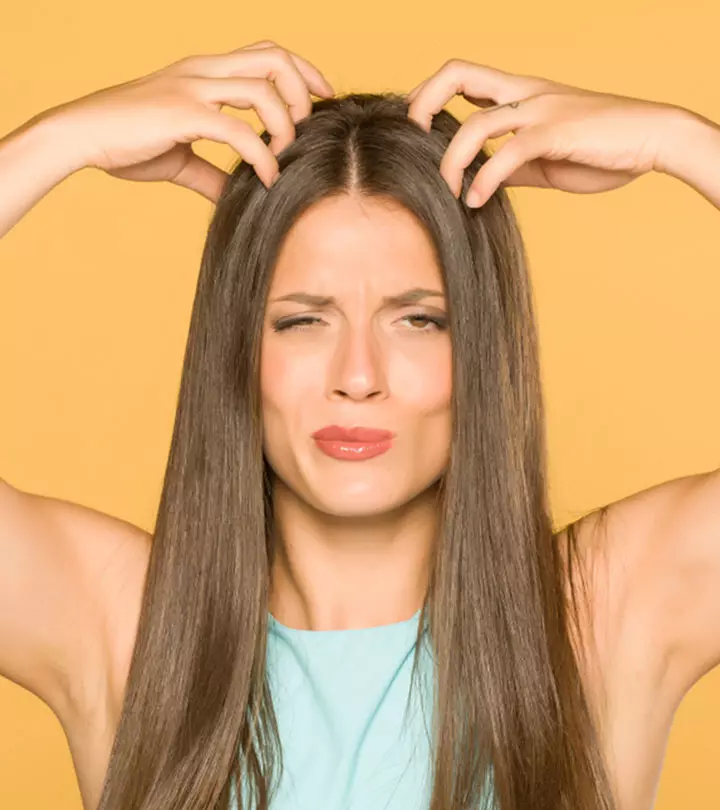
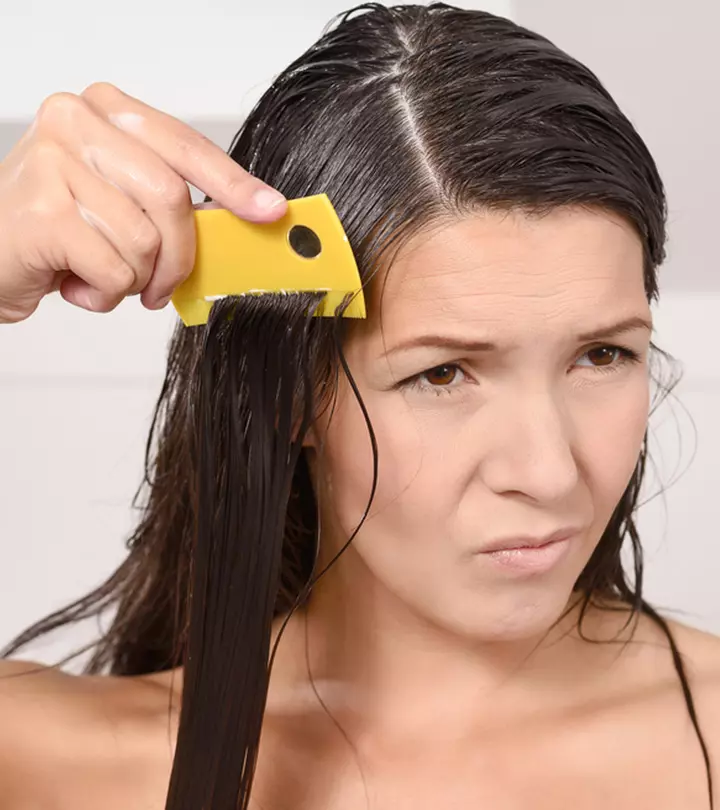
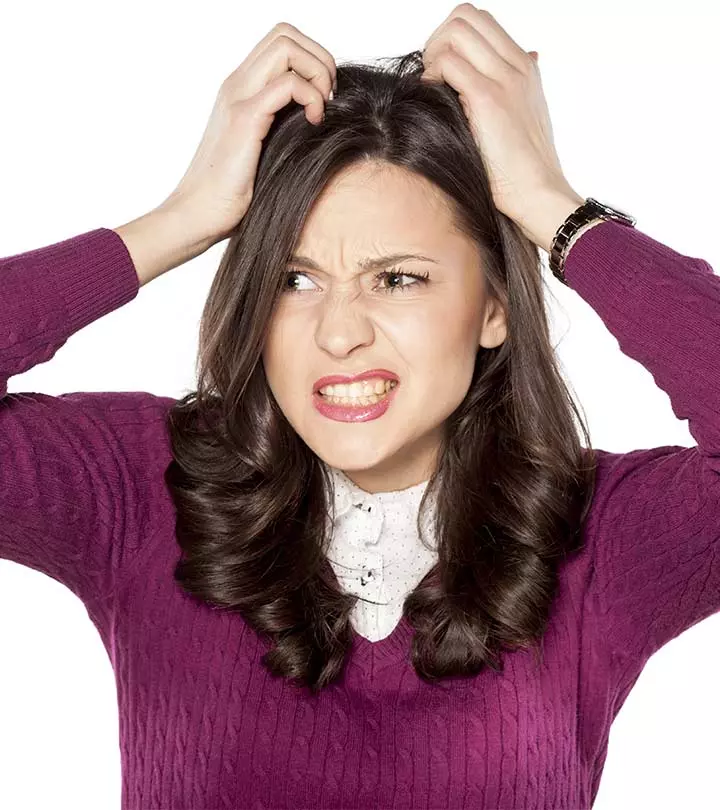

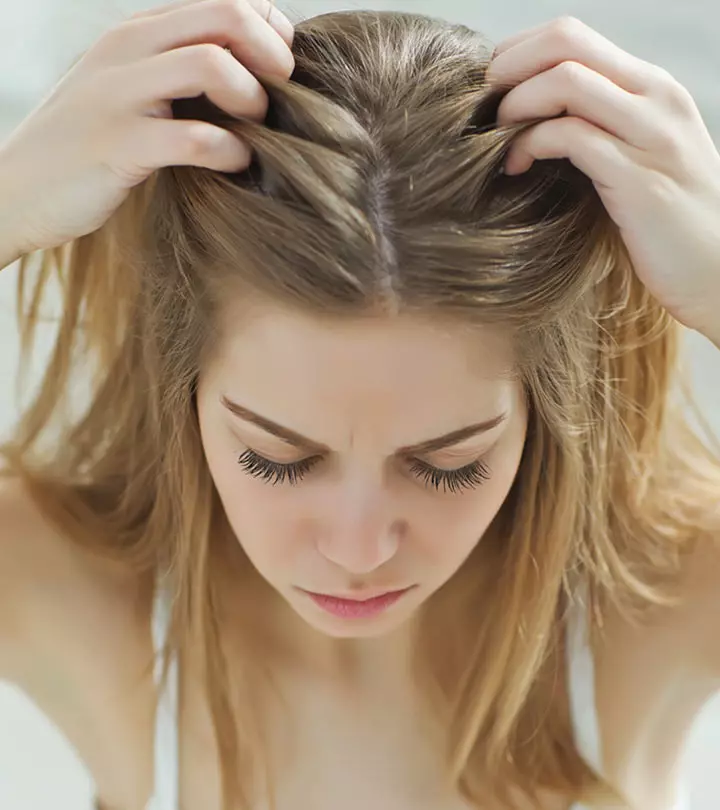
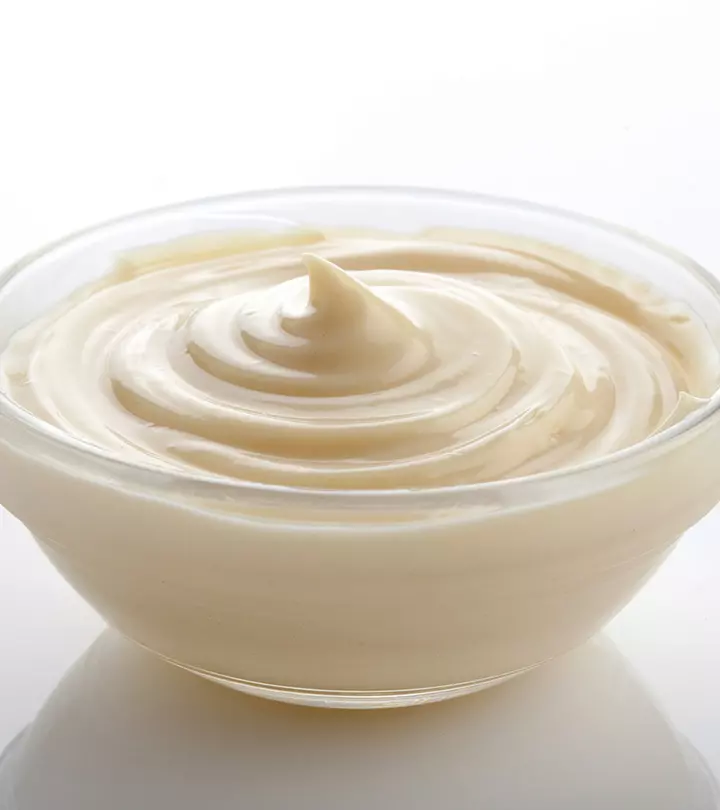
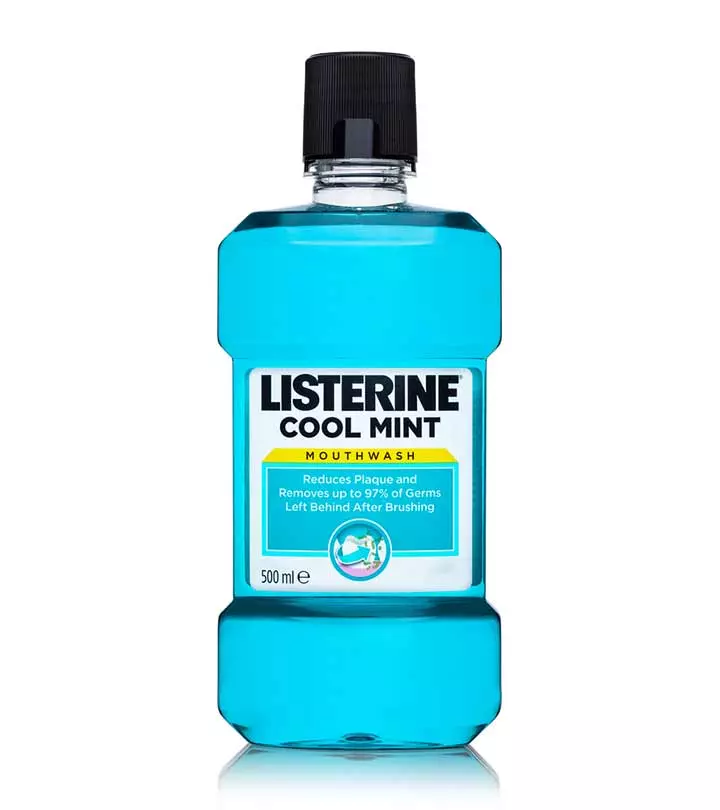
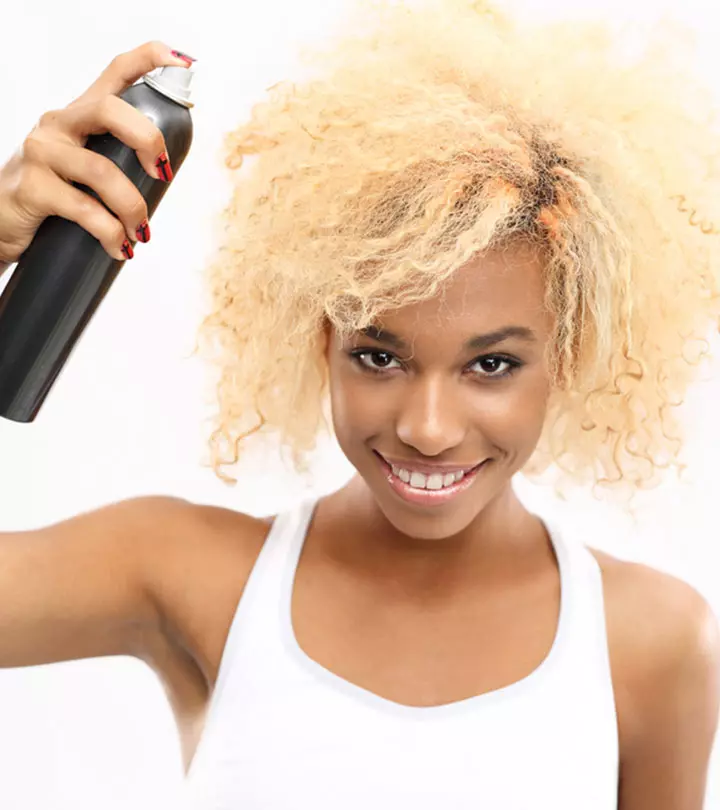


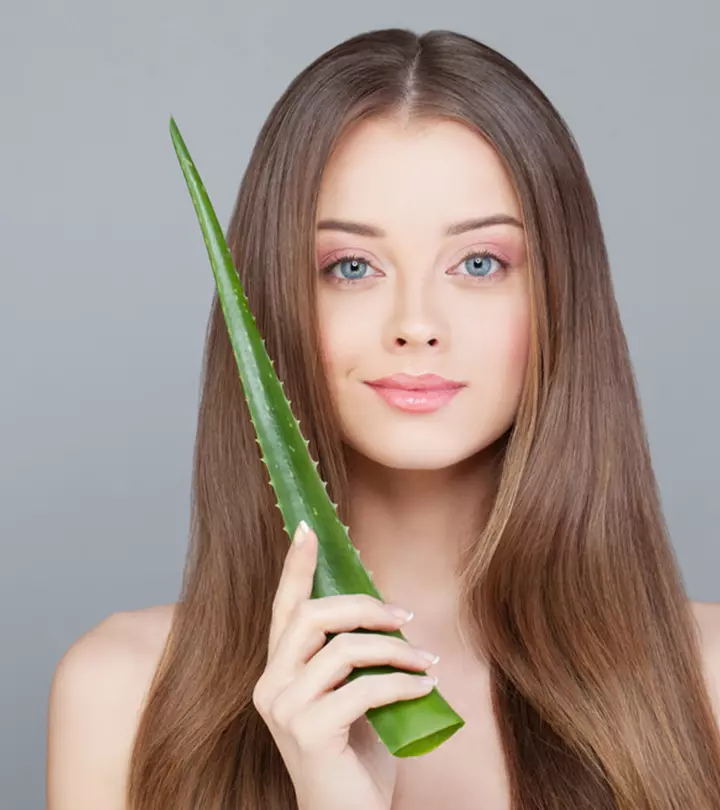
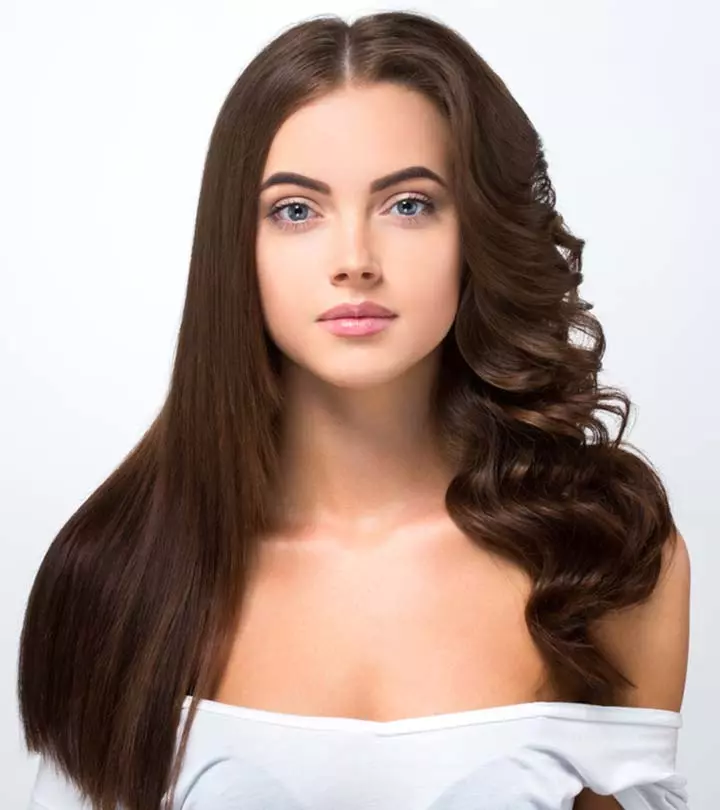



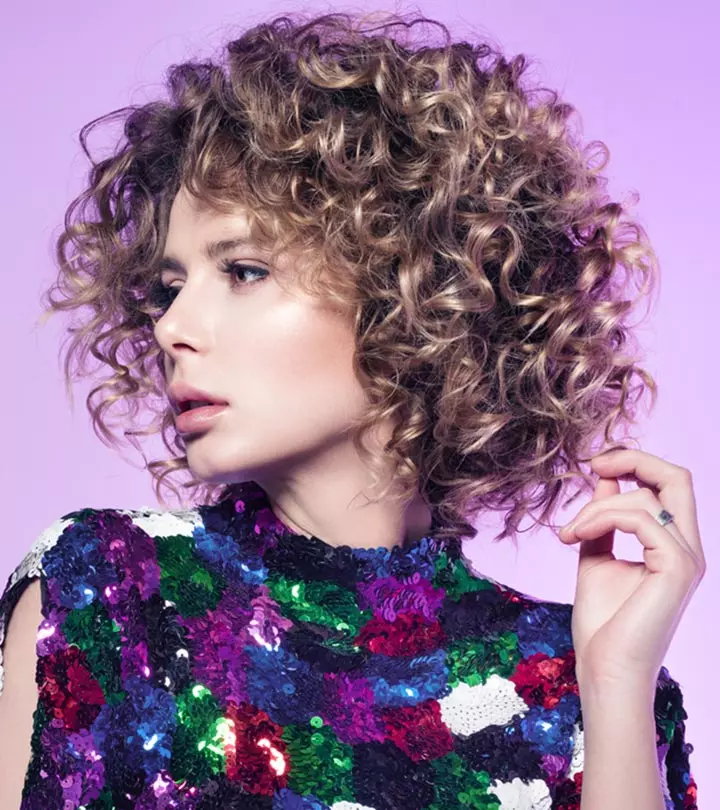


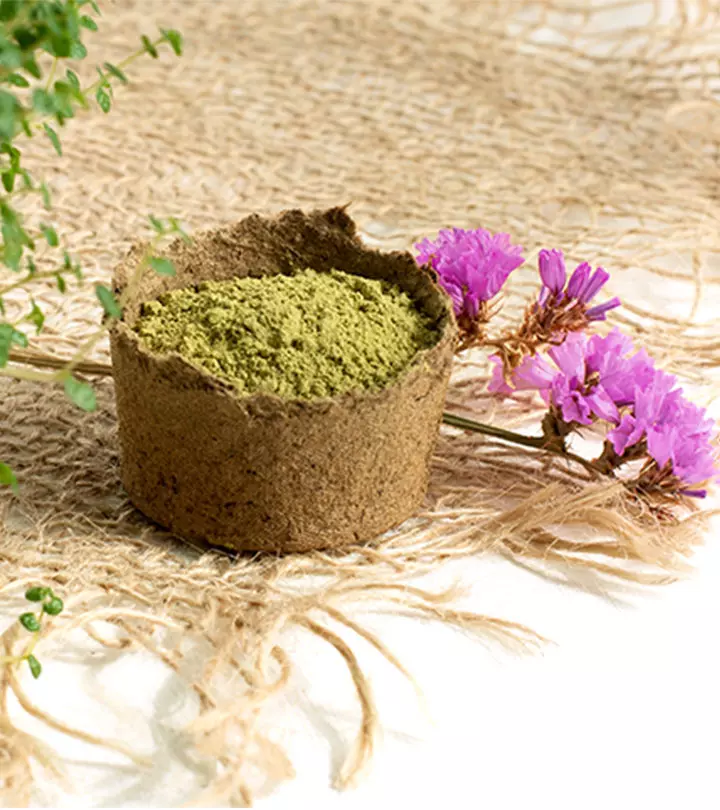
Community Experiences
Join the conversation and become a part of our empowering community! Share your stories, experiences, and insights to connect with other beauty, lifestyle, and health enthusiasts.